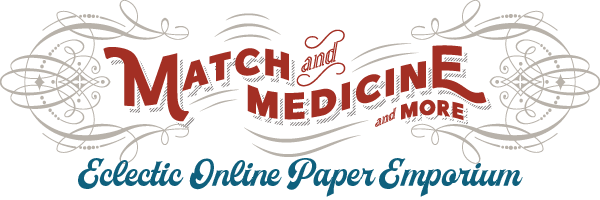Additional information
| Catalog Number | RN-P5 |
|---|---|
| Condition | VF, several light creases |
| printer | Western Bank Note Co. Chicago |
| Date | 1866 |
| Cancel | ENGRAVING DELIVERED blue handstamp on reverse |
$65.00
RN-P5 revenue imprint on Lottery ticket taxed as Certificates. Two hundred and ten thousand tickets were issued, numbers from 1 to 210,000. These numbers are printed on small white tickets. They have been printed by the Western Engraving and Bank Note Company of this city, and have undergone the same routine as so many bank notes.
Crosby’s Opera House (1865–1871) was an opera house in Chicago, Illinois, United States. It was founded by Uranus H. Crosby in 1865 with the goal of advancing the arts in Chicago by bringing opera to the city. The five-story building was designed by William W. Boyington and contained statues of painting, sculpture, music and commerce that welcomed visitors as they entered through the arch of the building. After holding only occasional performances, Crosby ran into many business difficulties that resulted in a decision to sell the building in 1866. The Crosby Opera House Art Association was formed to help Crosby sell the building by lottery. The lottery distributed over 210,000 tickets, awarding purchasers great works of art and even the building itself. After being sold back to Crosby by the lottery winner, A.H. Lee, the hall began producing more consistent performances. The opera house stood for less than six and a half years before it was destroyed in the Great Chicago Fire of 1871 and was never rebuilt.
Harper’s Weekly, February 9, 1867
THE CHICAGO OPERA HOUSE LOTTERY.
We present on this page a sketch of the drawing of the Crosby Opera-House Art Association at Chicago, Illinois, on January 21. The large building was densely packed with an excited and enthusiastic throng, and Washington Street was blocked up with people. Order was only preserved by a strong police force posted on either side the main entrance and along the stairways. The parquet, orchestra chairs, balcony, boxes, and family circle were filled with the crowd, which included many ladies. The stage was occupied by the Committee, and the orchestra by the reporters. At 12 o’clock the Committee appeared on stage with boxes containing the tickets. The numbered tickets were then deposited in the large wheel, and those upon which the names of the prizes were engraved in the small wheel. When it was completed both wheels were tightly closed and revolved for five minutes for the purpose of thoroughly mixing the tickets. Before the drawing commenced it was announced that there were between twenty and thirty thousand tickets unsold, which belonged to Mr. Crosby. Mr. Pilsifer, of Boston, was designated to draw from the small wheel, and Mr.T. C. Doss, of Chicago, from the large one. These gentlemen then took off their coats, bared their arms, and went to work as shown in our sketch. The latest information concerning the chief prizes is that the Opera-House was drawn by A.H. Lee, of Prairie du Rocher, Illinois; one or two valuable paintings were drawn by others; but the more valuable ones of the “Yosemite Valley;’ “An American Autumn;’ etc., were found to have fallen in the lucky Mr. Crosby. Mr. Lee subsequently sold his ticket for $200,000. The balance-sheet of Mr. Crosby shows that his total profit on the speculation amounts to $650,000.
| Catalog Number | RN-P5 |
|---|---|
| Condition | VF, several light creases |
| printer | Western Bank Note Co. Chicago |
| Date | 1866 |
| Cancel | ENGRAVING DELIVERED blue handstamp on reverse |
